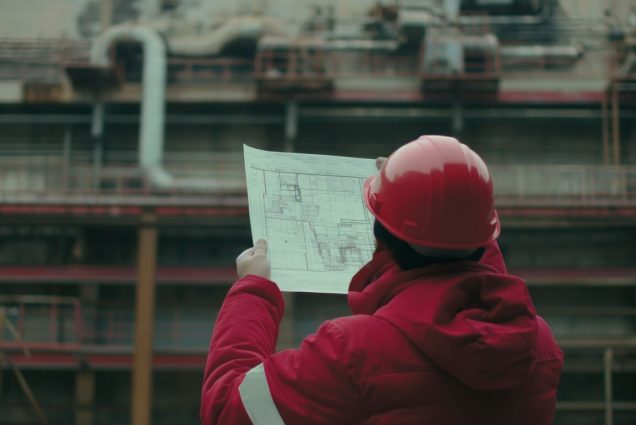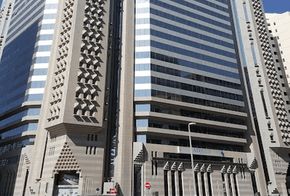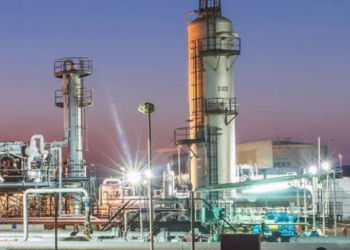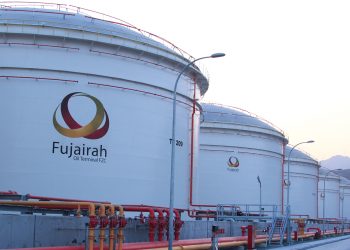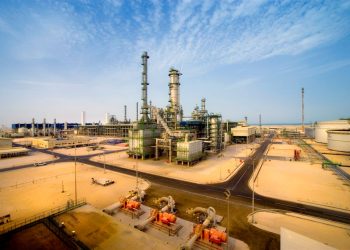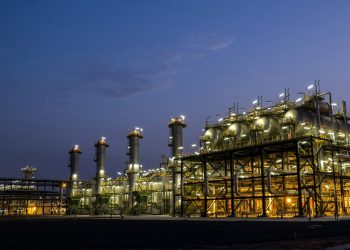Construction Environmental Management Plan (CEMP)
Velosi’s Construction Environmental Management Plan (CEMP) is an essential service designed to support sustainable and environmentally responsible construction practices. We develop site-specific CEMP documents that outline the necessary protocols, procedures, and monitoring mechanisms required to mitigate potential environmental impacts during construction activities.
Our extensive Construction Environmental Management Plan (CEMP) services ensure alignment with regulatory requirements, industry best practices, and environmental permits. Experts at Velosi will tailor each plan to match the scope and scale of your project, from erosion control and waste management to noise mitigation and air quality monitoring.
Velosi’s CEMP service aims to promote sustainable development while protecting natural resources. Our environmental specialists collaborate closely with clients to ensure effective implementation and compliance monitoring.
